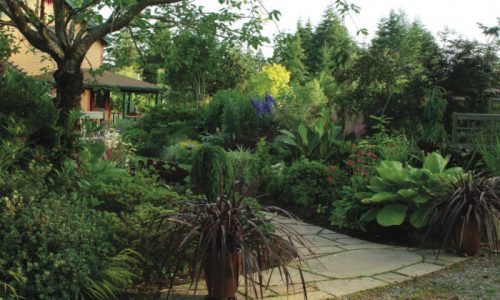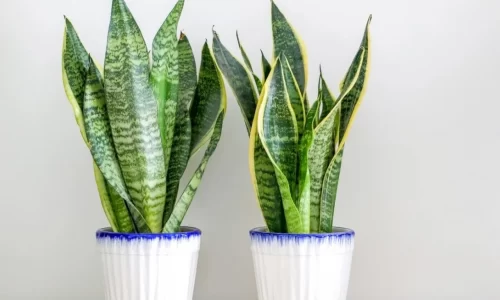Pressure treated wood is used for all types of garden furniture, and unlike untreated wood will withstand the vagaries of the weather and whatever winter throws at it. Pressure treated wood and the methods they use are largely misunderstood and we’re going to be looking at it here, so we can have a fuller understanding of what it is. It’s a fascinating and long used method that gives wood a long life. It takes time and experience to use it, but once the wood is treated, any outdoor items made from pressure treated wood will last for much longer and be resistant to weather, insects, mould and fungi.
An old, tried method that works
Preserving wood and the intricate methods used started out over 70 years ago, and it has continued as an ideal way of treating wood, making it impervious to rot and most weather conditions.
Chemical preservatives and pressure tanks
Preservation usually involves using a chemical preservative which goes deep into the wood itself with the item then placed into a cylindrical tank. This is then depressurized so that all the air is removed. A preservative will then replace the air and will be placed under high pressure so it’s forced as deeply as possible into the wood. The tank will then be drained and what’s left of the preservative will then be used again. And that is how you get your pressure treated wood. There are 12 levels of treatment used and it’s a thorough and effective way of treating it so it lasts.

A long lifespan and a reliable way of treating wood
The type of treatment used is good for vermin, insects and fungus with a 20-year lifespan, regardless of how bad conditions get. You may pay a little more for pressure treatment, but as we will see, it is by far the most reliable way of treating wood, and the initial cost will save you money in the long-term.
Dip treatment – an alternative to pressure tanks
An alternative to pressure treatment without use of the tank or kiln is dip treatment. This takes less time and costs less. However, as opposed to pressure treatment, using the dip method means it doesn’t last quite as long and you will need to repeat it on an annual basis. You can do it yourself, but you will need to decide whether you want the cost of doing it yourself repeatedly, or whether your happy to have it done by a professional before you buy.
Outdoor use for wood comes with a longer life as opposed to dip treatment
Because of having the wood pressure treated in the way we’ve described, it can then be used outside successfully outdoors on mailboxes, posts, swings, outdoor play equipment, picnic tables, decking, and patios. Because of its unique ability to ward of decay and disease, it makes it a perfect choice against moisture and vermin. Pressure treated wood is probably the most reliable method and will prove to be the most long-lasting way of using wood outdoors.
[youmightlike]










